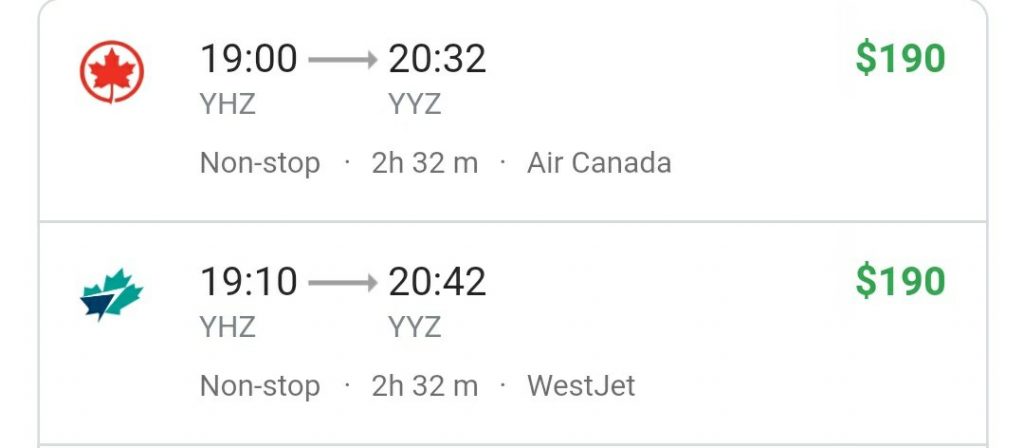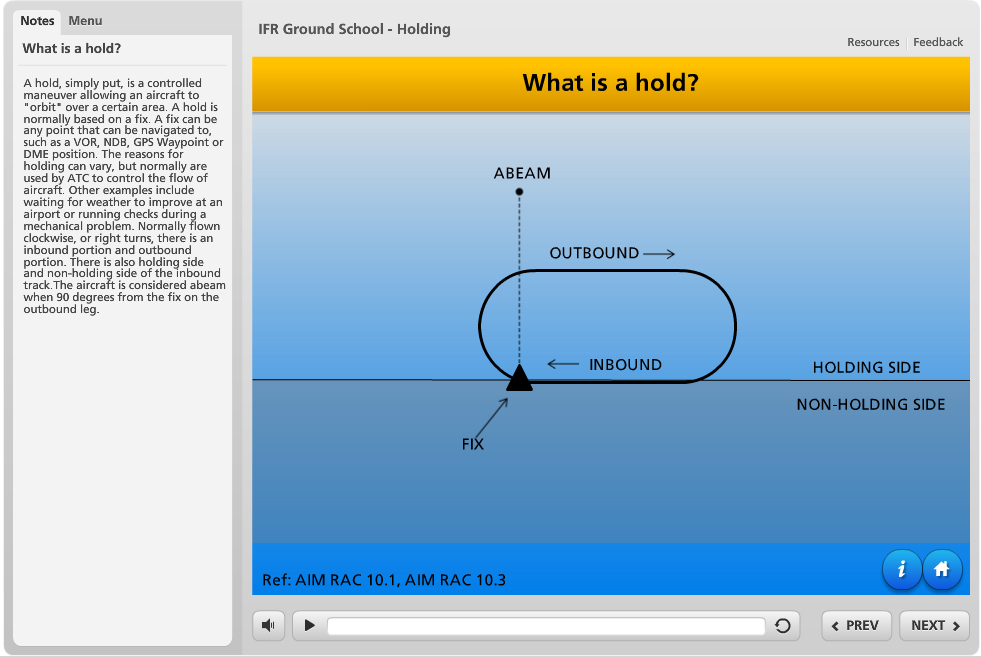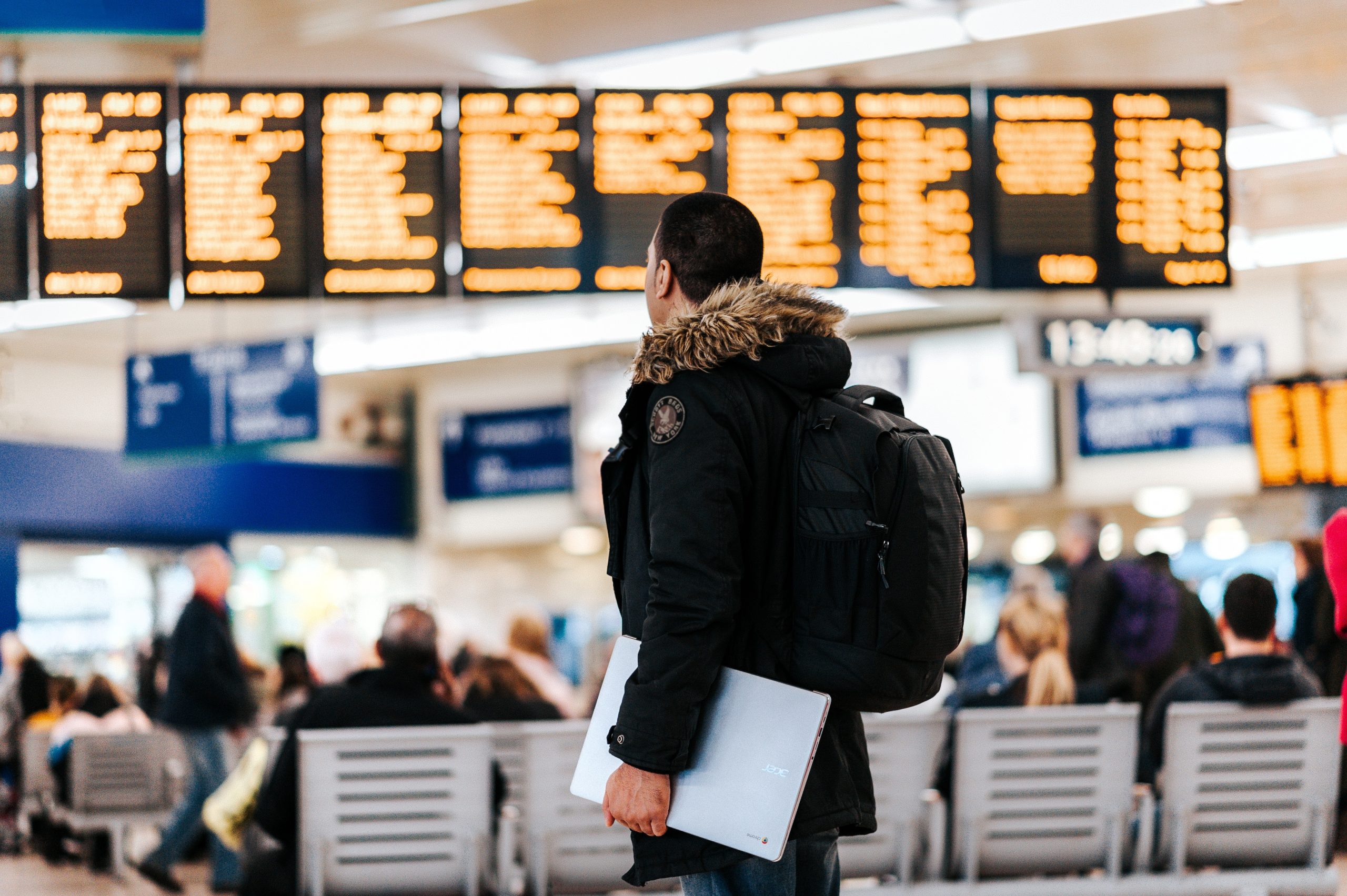IROP Season is Here

It’s that time of year when IROPs play havoc with your travel plans in Canada. IROP stands for irregular operations and can be used to describe situations when an airline goes to plan b… or much deeper into the alphabet.
Winter can bring many challenges that airlines in Canada work to mitigate. An airline only makes money when they can transport you to your destination safely. To better manage disruptions airlines use strategies that will at best reduce the impact of weather-related IROPs. For example, you might not notice, but airlines schedule larger “block” times in the winter. Block time is between when an aircraft’s main cabin door closed at the departure airport to when it opens and passengers can deplane at the destination. Larger block times allow airlines to avoid delays for aircraft needing to deice, especially for the first flight in the morning when frost could have formed on the aircraft. Notice below how the block times for the similar flights for winter and summer are different.


The challenge of Canadian winter IROPs is that they can be geographically and time extensive. When weather events like winter storms hit major hubs like Montreal, Toronto, Calgary, or Vancouver, airlines are put to the test on how they respond. Passengers don’t remember smooth, uneventful travel days, but disruptive days can sink into one’s memory. Pre-emptive flight cancellations can improve how airlines recover. As frustrating as this may seem, there is a reason airlines do this. For example, having a large portion of the fleet sitting overnight at an airport in a snowstorm will slow recovery, while cancelling flights ahead of time can have the fleet away from the weather, ready to recover passengers when the weather improves. It also prevents thousands of passengers from swarming airports waiting for delayed flights when they could be at home waiting.
Airlines are also at the mercy of airport capacity. Every airport has a limit on how many aircraft can takeoff, land, and de-ice during winter storms. Lower visibility can also restrict how close aircraft can be spaced when approaching an airport, further reducing airspace capacity. An airport like Toronto Pearson can usually arrive 50+ aircraft an hour during favourable conditions. When the weather hits, airports like Toronto Pearson have to work with airlines and air traffic control to “negotiate” what flights will get priority. If your airline is used to 10 arrivals an hour and is reduced to 5 an hour due to weather, tough decisions have to be made, cancel and consolidate flights, or delay. You can read more about FLOW, GDP, and ground stops here: What the flow! Why is my flight delayed?
So, here are a few tips when traveling by air during Canadian winters.
- Choose longer connections. If you have to choose a connecting flight, choose one with larger connection times. You may dislike longer waits in airports, but it will help your chances compared with tight connections. There are some exceptions, like “through” flights. Through flights are when the aircraft you are on makes a stop, but it is the same aircraft continuing on the next flight. These can give you peace of mind with connections. You can generally spot these when two flights have the same flight number.
- Start your travel in the morning. Nobody likes getting up early for a flight, but the earlier in the day your flight is, the less likely you will be dealing with delays from previous flights. You may still be affected by weather, but at least you probably won’t be waiting for an inbound aircraft. There is also less chance a crew would be hitting their maximum working duty day first thing in the morning.
- Accept delays and disruptions may happen. Be ready for disruptions; you may not get where you are going when you want to. Decide how a disruption could affect your plans when choosing your flights. Don’t choose the latest flight possible before your best friend’s wedding; you are rolling the dice.
- Patience is a virtue. Be patient, airlines want to recover from disruptions as quickly as possible, but it may seem like an eternity waiting for that plan. Don’t get angry with the staff for things they can’t control. You are not special, but being calm and polite might help grease the wheels when a staff member is trying to help.
- Know your rights. Understand the airline’s responsibility if there is an IROP. Most airlines are not responsible for you if delays and cancellations happen out of their control, like the weather. Don’t be caught off guard. If you feel you are mistreated, fighting it in the moment will likely not work, but keeping a record may help if you file a complaint with an airline or the government body responsible for such matters. For Canada check out Air Passenger Protection.
- Airline staff are humans too. I am biased on this subject, but try to remember that many airline staff are in a weather mess with you. Customer service agents take a lot of abuse when simply being messengers of the facts, try to think how awful it is to tell 100+ people their plans are about to change for the worst. Remember also that many airline staff, like pilot and flight attendants, are on the road with their passengers. Some commute to work on empty seats from other cities, and during IROPs there are very few empty seats. If you can, don’t forget to says thanks for keeping you safe.
Image Credit: Hiurich Granja https://unsplash.com/photos/k579uI6E2Uw





